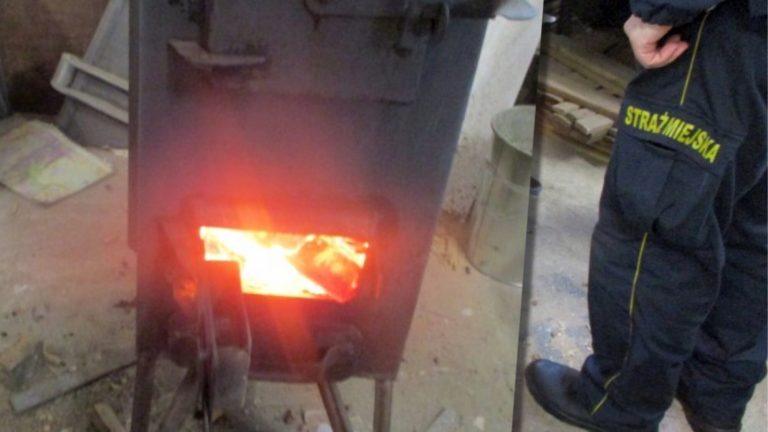A small white moose. An unusual animal observed near Sochaczew

A young elk was spotted near Sochaczew, probably abandoned by its mother. The two-week-old animal was taken care of by an activist from the Forest Emergency Service.
A farmer in the vicinity of Sochaczew was the first to encounter a white elk. He summoned fellow hunters to the spot so that they could observe this unusual creature with their own eyes.
Abandoned young white moose
– After arriving at the place, the hunters saw from a long distance a female moose (moose) with two moose, one of the small ones was brighter than the other. The gentlemen quickly left the place so as not to scare the mother with the cubs – reported Jacek Wąsiński from the Forest Emergency Service in Mikołów.
The next day, the hunters once again went to this place to check what was happening to the family of animals. There, they discovered that a white moose had been abandoned and was wandering the field alone. After some thought, they decided to give the animal to the care of an expert, who turned out to be Mr. Jacek.
The abandoned moose was only a few days old
– Karolcia, because that’s what we called her, is about two weeks old. On the day she came to us, her umbilical cord was not fully dried, which may mean that she was 3-4 days old. It’s been a week with us, she eats beautifully and is doing well – the activist assured.
He noted, however, that the young animal still needs to be fed with milk and nurtured before it learns to eat the green parts of the plants on its own. He stated that the work done naturally by the moose mother would take him at least half a year.
White moose will not come back to life in nature anymore?
Wąsiński stated that the moose under the care of people would rather not return to an independent life in nature. All because he will not be afraid of people to the extent necessary for their safety. He reminded that adult elk are powerful animals.
Interestingly, this particular white moose is not an albino. It is extremely rare, but it happens in Scandinavian countries or Canada. So far, no more than five such specimens have been recorded in Poland.






